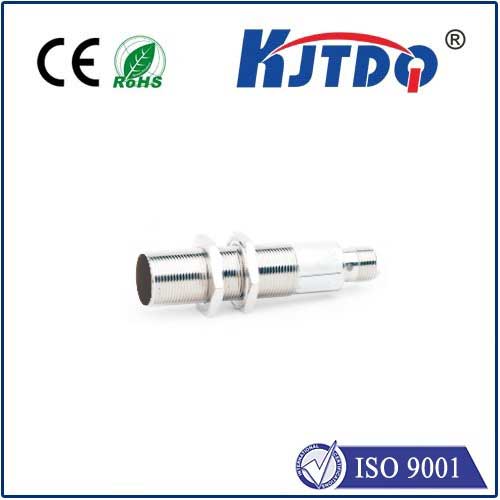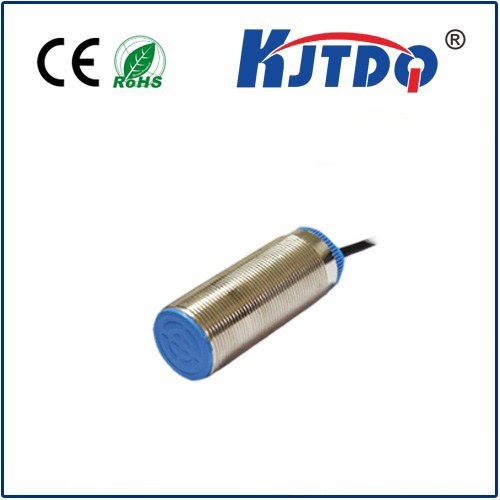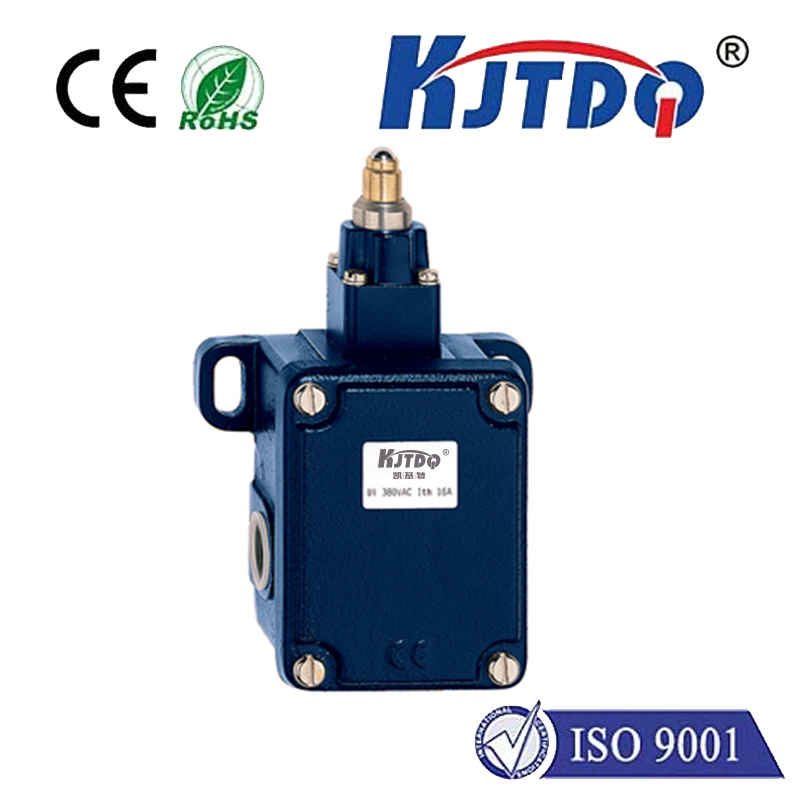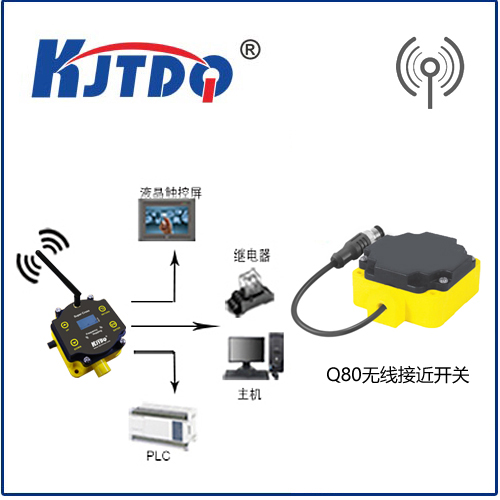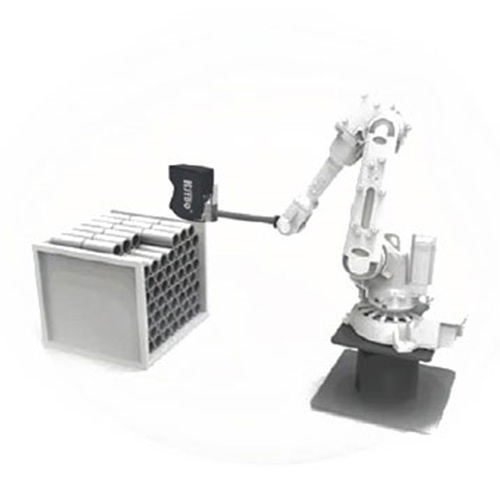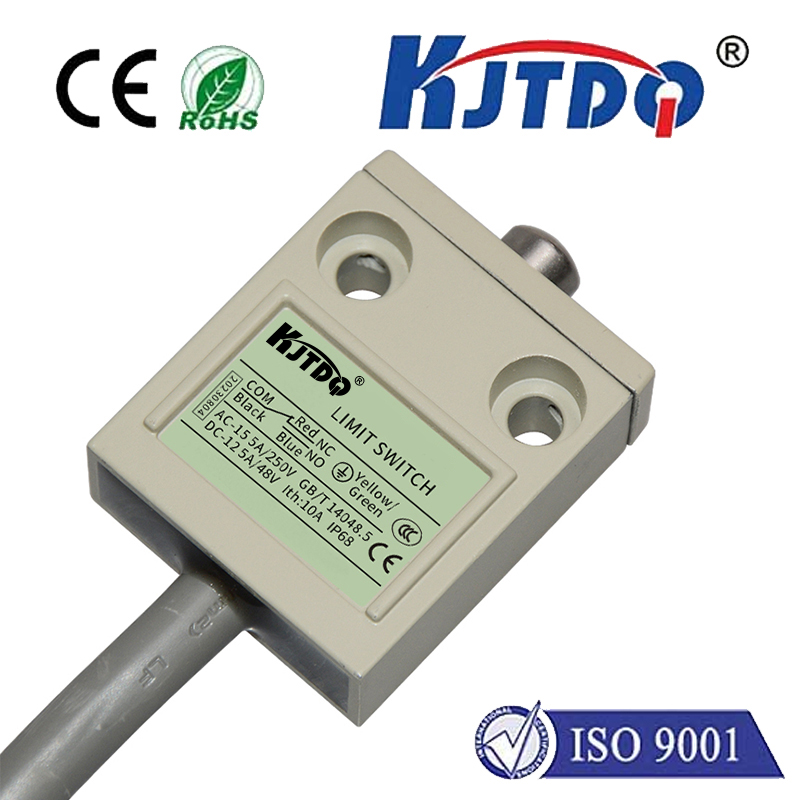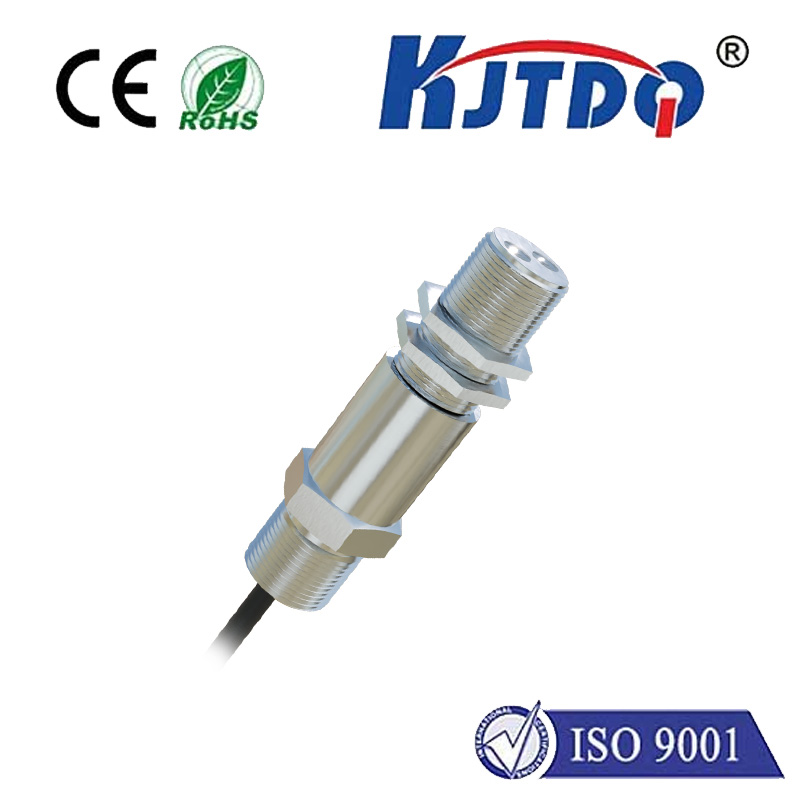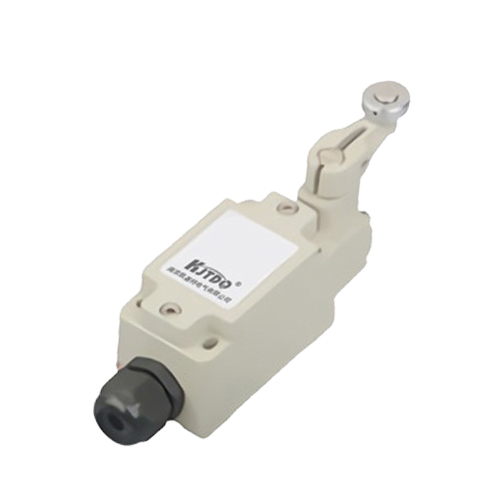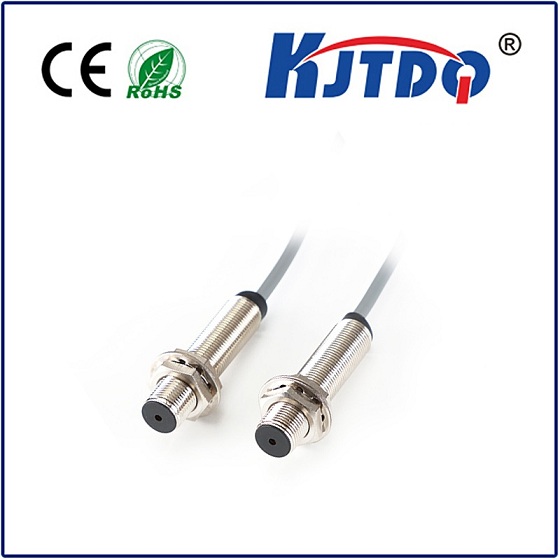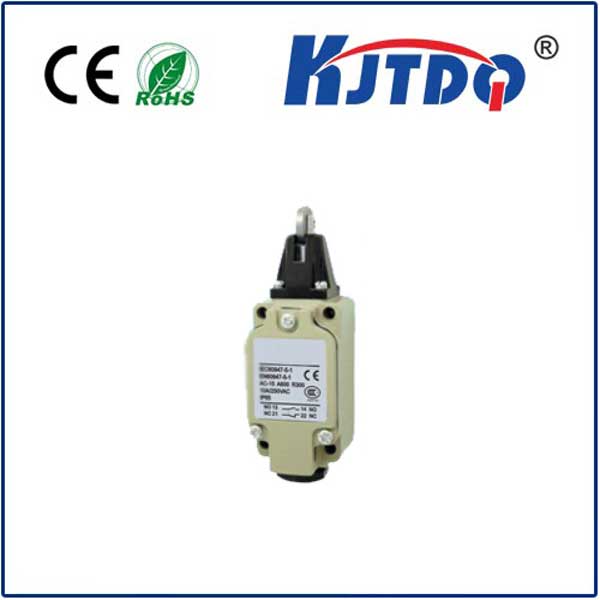proximity sensor relay
- time:2025-07-17 09:05:11
- Click:0
Proximity Sensor Relay: The Unsung Hero of Smart Automation & Control
Imagine a factory conveyor belt halting instantly as a worker’s hand nears a danger zone, a smart faucet bursting to life without a single touch, or a security gate swinging open as an authorized vehicle approaches. These seemingly magical responses rely on a fundamental yet powerful duo: the proximity sensor and its indispensable partner, the relay. This silent partnership forms the bedrock of countless automated systems, translating the subtle language of detection into decisive, high-power action. Understanding how a proximity sensor relay system operates unlocks the mechanics behind efficient, reliable, and safe automation across industries and everyday applications.
The Core Players: Detector and Enforcer
At its heart, a proximity sensor is a non-contact detection device. It senses the presence, absence, or distance of a nearby object (its “target”) without physical touch. Common types include:
- Inductive Sensors: Detect metallic objects using electromagnetic fields. Ideal for industrial metal detection.
- Capacitive Sensors: Detect nearly any material (metal, plastic, liquid, wood) by measuring changes in capacitance. Perfect for level sensing or non-metallic object detection.
- Photoelectric Sensors: Use a light beam (visible or infrared) to detect object presence, distance, or characteristics. Highly versatile for various object types and distances.
- Ultrasonic Sensors: Emit sound waves and detect echoes to gauge distance or presence. Excellent for challenging environments (dust, fog) or liquid level sensing.
Regardless of type, most proximity sensors generate a relatively low-power electrical signal (like a small DC voltage or a simple switch closure) when they detect a target. This signal, however, is often far too weak to drive substantial electrical loads directly – think large motors, powerful solenoids, bright lighting arrays, or complex machinery.
This is where the relay steps in as the crucial enforcer. A relay is an electrically operated switch. It uses a small electrical circuit (the sensor’s signal) to control a separate, much larger electrical circuit (the high-power load). Think of the relay as a heavy-duty gatekeeper:
- Low-Power Control Side (Coil): The sensor connects to the relay’s coil. When the sensor activates (detects the target), it sends a small current through the coil.
- Electromagnetic Action: This current creates an electromagnetic field, pulling in a mechanical armature inside the relay.
- High-Power Output Side (Contacts): The movement of this armature physically opens or closes one or more sets of robust electrical contacts. These contacts are rated to handle significantly higher voltages and currents than the sensor itself could manage.
- Load Control: The load (motor, lamp, solenoid, etc.) is connected through these relay contacts. When the contacts close (or open, depending on configuration), the high-power circuit to the load is completed (or interrupted), turning the load ON or OFF. The sensor effectively commands the relay, and the relay handles the muscle work.
Why Relay? The Critical Synergy
Integrating a relay with a proximity sensor isn’t just common; it’s often essential. Here’s why this proximity sensor relay combination is so powerful:
- Load Isolation: The relay provides vital electrical isolation between the sensitive, low-voltage electronics of the sensor and the potentially noisy, high-voltage/current power circuit driving the load. This isolation protects the sensor from electrical damage.
- Power Handling: Relays come in a vast range of contact ratings, capable of switching currents from a few amps to hundreds of amps and voltages from low DC to high AC. The sensor only needs to manage the tiny coil current.
- Voltage Compatibility: The sensor might operate on 12VDC or 24VDC, while the load might require 120VAC or 240VAC. The relay acts as a seamless voltage interface, allowing the low-voltage sensor to safely control high-voltage equipment.
- Signal Amplification: The relay effectively amplifies the sensor’s signal from a low-power control level to a level capable of controlling significant power.
- Configuration Flexibility: Relays offer Normally Open (NO) and Normally Closed (NC) contacts, providing options for different control logic (e.g., turn something ON when detected vs. turn something OFF when detected).
- Multiple Load Control: A single sensor signal can drive a relay with multiple contact sets, allowing one detection event to control several independent loads simultaneously.
Applications: Where the Proximity Sensor Relay Shines
The proximity sensor relay combination is ubiquitous:
- Industrial Automation: Machine guarding (halting machinery when personnel are too close), part presence detection on assembly lines (triggering robotic arms or conveyor stops), positioning control, liquid level control in tanks (critical for process control).
- Automotive: Seatbelt detection, gear position sensing, obstacle detection for parking aids (enabling safety features).
- Building Automation: Automatic lighting control in corridors or restrooms (triggered by motion), automatic door openers, elevator position sensing, security systems (door/window contact detection).
- Home Appliances: Touchless faucets, automatic soap dispensers, dishwasher/dryer door latch detection, level sensing in washing machines. Enhancing convenience and hygiene.
- Consumer Electronics: Smartphone screen on/off during calls (detecting proximity to the ear), position sensing in printers/scanners.
- Parking and Access Control: Vehicle detection at entry gates or parking spaces, triggering barrier arms or payment systems.
Choosing and Implementing a Proximity Sensor Relay System
Selecting the right components is key:
- Sensor Selection: Choose the type (inductive, capacitive, etc.) based on the target material and environment. Consider sensing distance, output type (NPN/PNP transistor for DC sensors), and environmental ratings (IP rating for dust/water resistance). Accuracy starts with the right sensor.
- Relay Selection:
- Coil Voltage: Must match the sensor’s output signal voltage (e.g., 12VDC, 24VDC).
- Contact Rating: Must exceed the voltage and current requirements of the load you intend to switch. Always include a safety margin. Consider if AC, DC, or both need switching.
- Contact Configuration: NO, NC, or changeover (SPDT) depending on the desired logic.
- Mounting: PCB mount, DIN rail mount, socket mount? Factor in heat dissipation for high-current relays.
- Protection: Include a flyback diode across the relay coil when driven by a DC sensor/voltage to suppress damaging voltage spikes when the coil de-energizes. Suppressors may be needed for AC coils.
Inherent Advantages of the Duo
The proximity sensor relay approach offers compelling benefits:
- Robustness: Reliable switching of demanding loads.
- Safety: Electrical isolation protects sensitive components.
- Simplicity: Well-understood technology, easy to troubleshoot.
- Cost-Effectiveness: A highly economical solution for switching significant power compared to using high-current solid-state devices directly with the sensor.
- Versatility: Applicable across countless voltage, current, and environmental scenarios.
While solid-state relays (SSRs) offer a silent, long-life alternative for some applications, the electromechanical relay remains the uncontested workhorse for high-power switching directly controlled by a proximity sensor, thanks to its simplicity, cost-effectiveness, and excellent electrical isolation. This fundamental pairing proximity sensor relay continues to be the backbone of safe, efficient, and responsive automation, making the invisible world of detection tangibly powerful.





